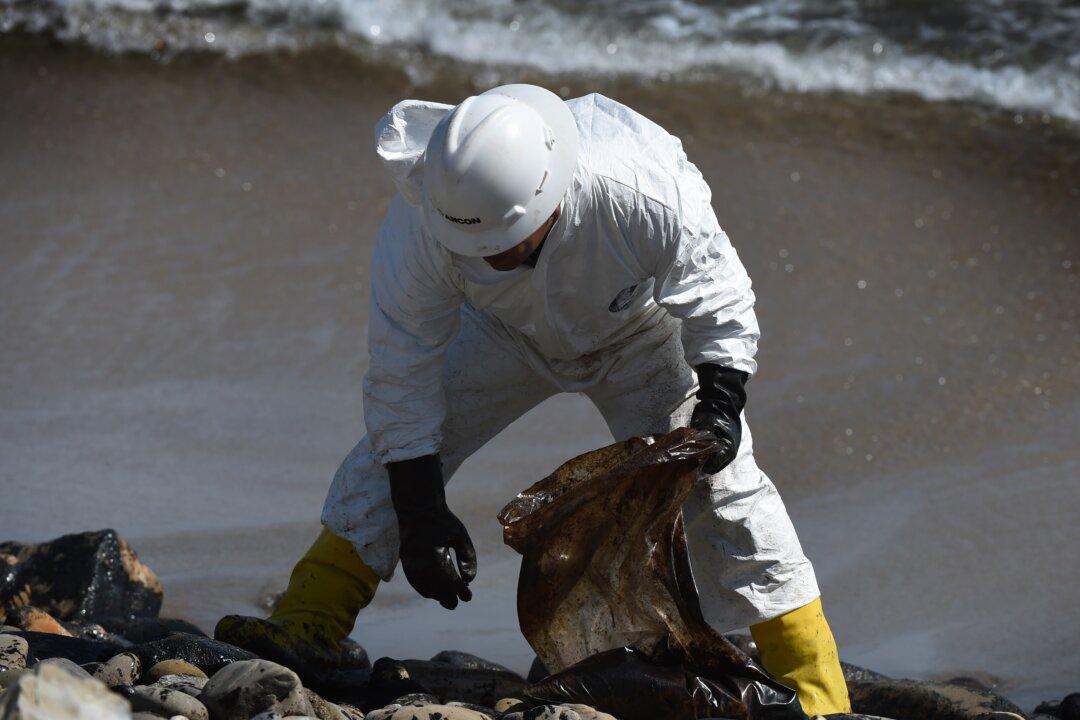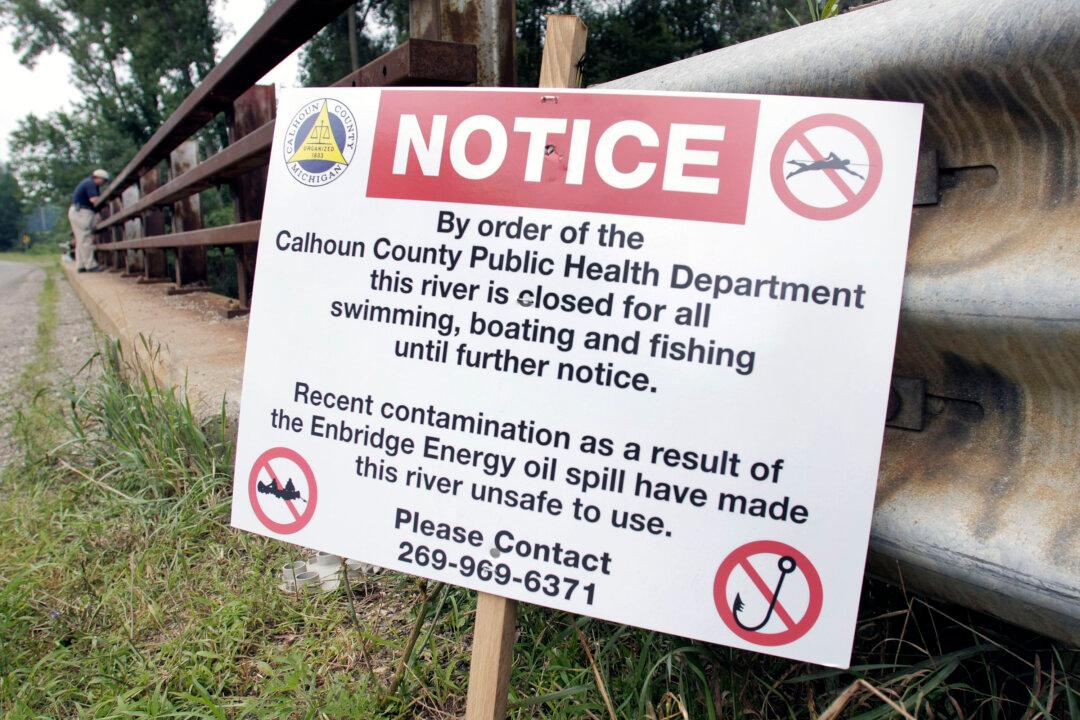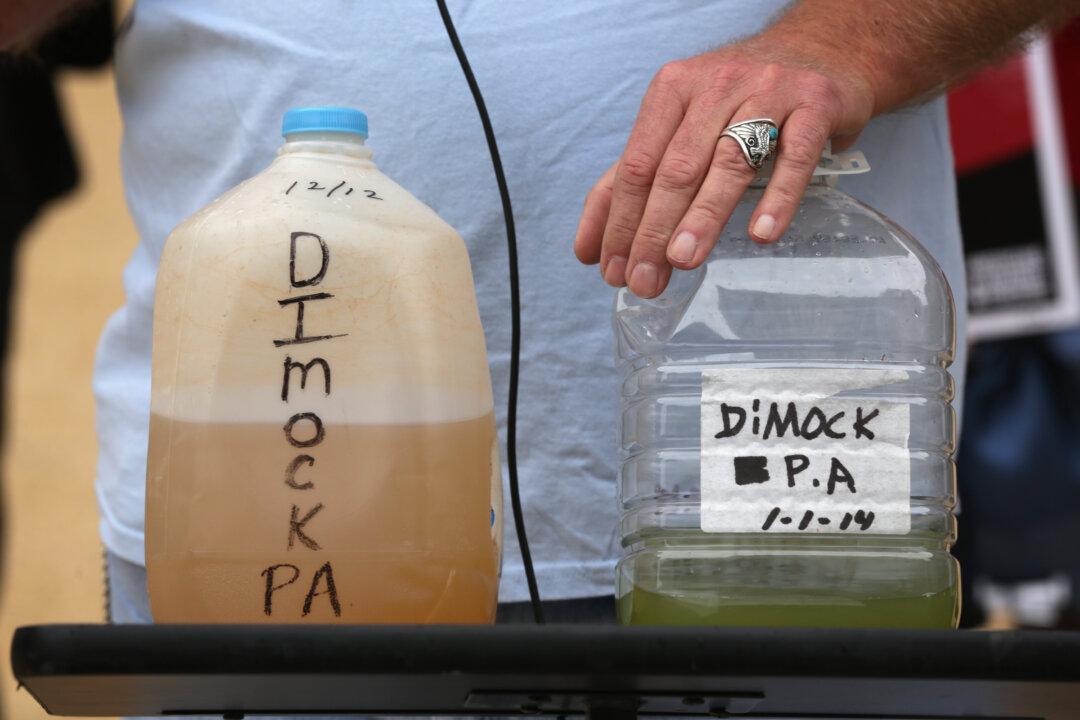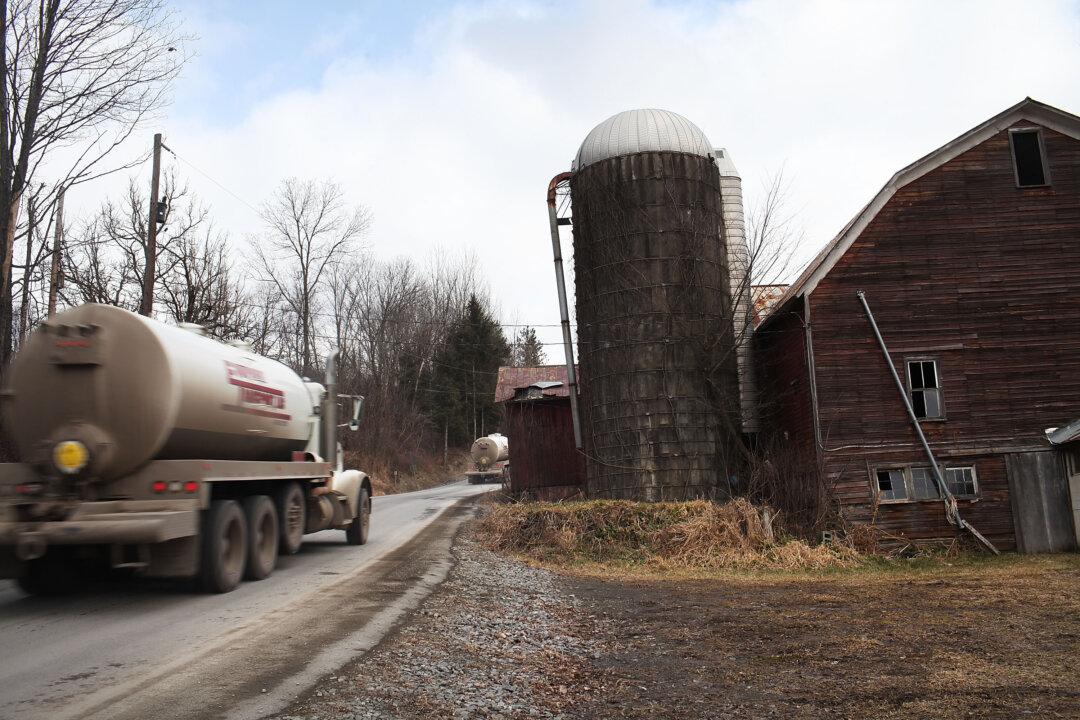Last week an underground pipeline ruptured in Santa Barbara, California, spewing about 105,000 gallons of oil. A 9-mile slick coated birds, killed sea life, and blackened pristine beaches. The 28-year-old line was operated by Plains All America Pipeline—which has the fifth-worst safety and maintenance records out of the 1,700-plus U.S. operators.
A record number of oil pipeline spills have been in the news—including the 105,000 gallons spilled in Santa Barbara last week.




